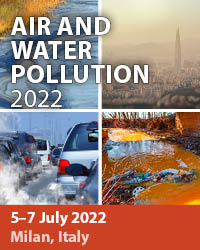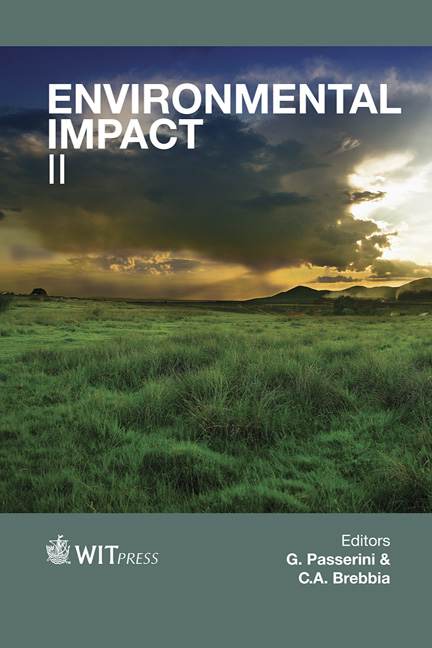Environmental Implications Of Onsite Mechanization In The Malaysian Construction Industry
Price
Free (open access)
Transaction
Volume
181
Pages
12
Page Range
147 - 158
Published
2014
Size
367 kb
Paper DOI
10.2495/EID140131
Copyright
WIT Press
Author(s)
M. Waris, M. S. Liew, M. F. Khamidi & A. Idrus
Abstract
In Malaysia, there has been a growing need for mechanization in recent years due to the high construction demand under the Economic Transformation Programme. Onsite mechanization in construction implies the use of equipment and machinery that are powered by fossil fuels with the aim of reducing the dependency on manual labour and to increase productivity, quality and efficiency. However, this heavy equipment and machinery are also responsible for issues pertaining to environment, health and safety of human beings. All nonroad diesel engine machinery emits hazardous gases, particulate matters, solid waste and contaminate land, water and the environment. Prior research on environmental impacts of construction works was more focused on raw materials, its manufacturing and operational phase of the facility. Therefore, the aim of this research is to focus on environmental concerns that are important during construction and mainly due to the operation of onsite heavy construction equipment. Data for the analysis was collected through a questionnaire survey from Malaysian G7 class ‘A’ contractors. The results of the survey show that despite the good awareness of Malaysian contractors towards a green environment, their practices for controlling energy consumption and greenhouse gases (GHG) are still in their infancy stages. It was also found that environment management systems are not highly implemented by the contractors. The survey results further indicate that energy saving, GHG and black smoke emission are the top ranking concerns of contractors when operating onsite equipment and
Keywords
construction emissions, GHG pollution, mechanized construction





